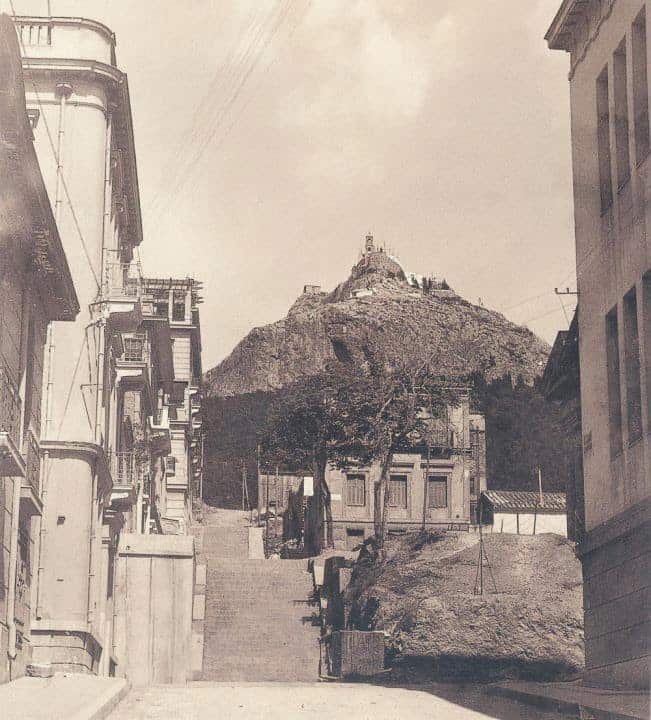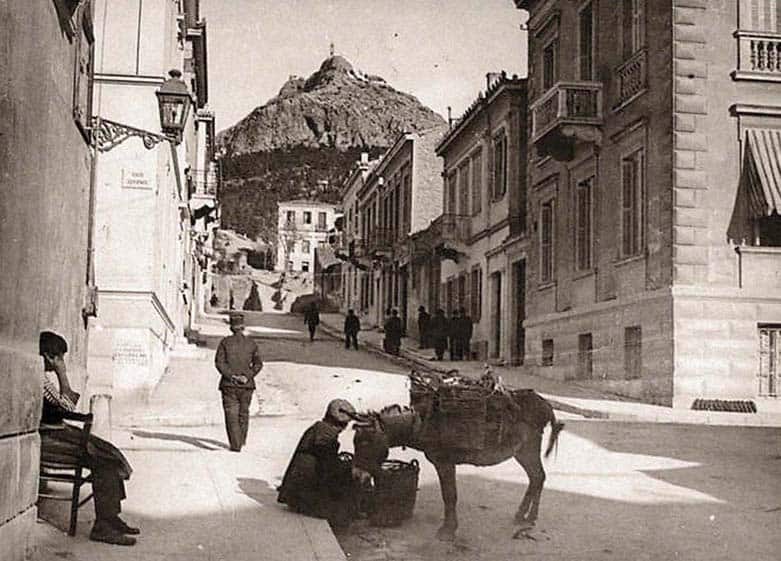Lycabettus History
Lycabettus probably got its name from the wolves that existed in the region in ancient times (lykovatias Forest).
However, according to mythology, the Hill appeared when goddess Athena threw a rock she was carrying in her hands and which she was going to use to build the Acropolis, because of bad news a raven brought her.
Due to its steep shape, it never bore special traces of human activity. The antiquities on Lycabettus Hill are limited to some quarries and a large tank in the Kolonaki district (the Tank quarter), the external entrance of which survived until the 18th century. That tank belonged to the Hadrian aqueduct built in the early 2nd century AD
In recent years an outdoor theater was constructed on a point at its top. On the west side of Lycabettus, is the church of Agion Isidoron (Saints Isidores), built in the 15th-16th century AD. Also, underground facilities were built, that housed the headquarters of the air defense during the Greek-Italian War (October 28, 1940 – April 23, 1941).

 Français
Français



